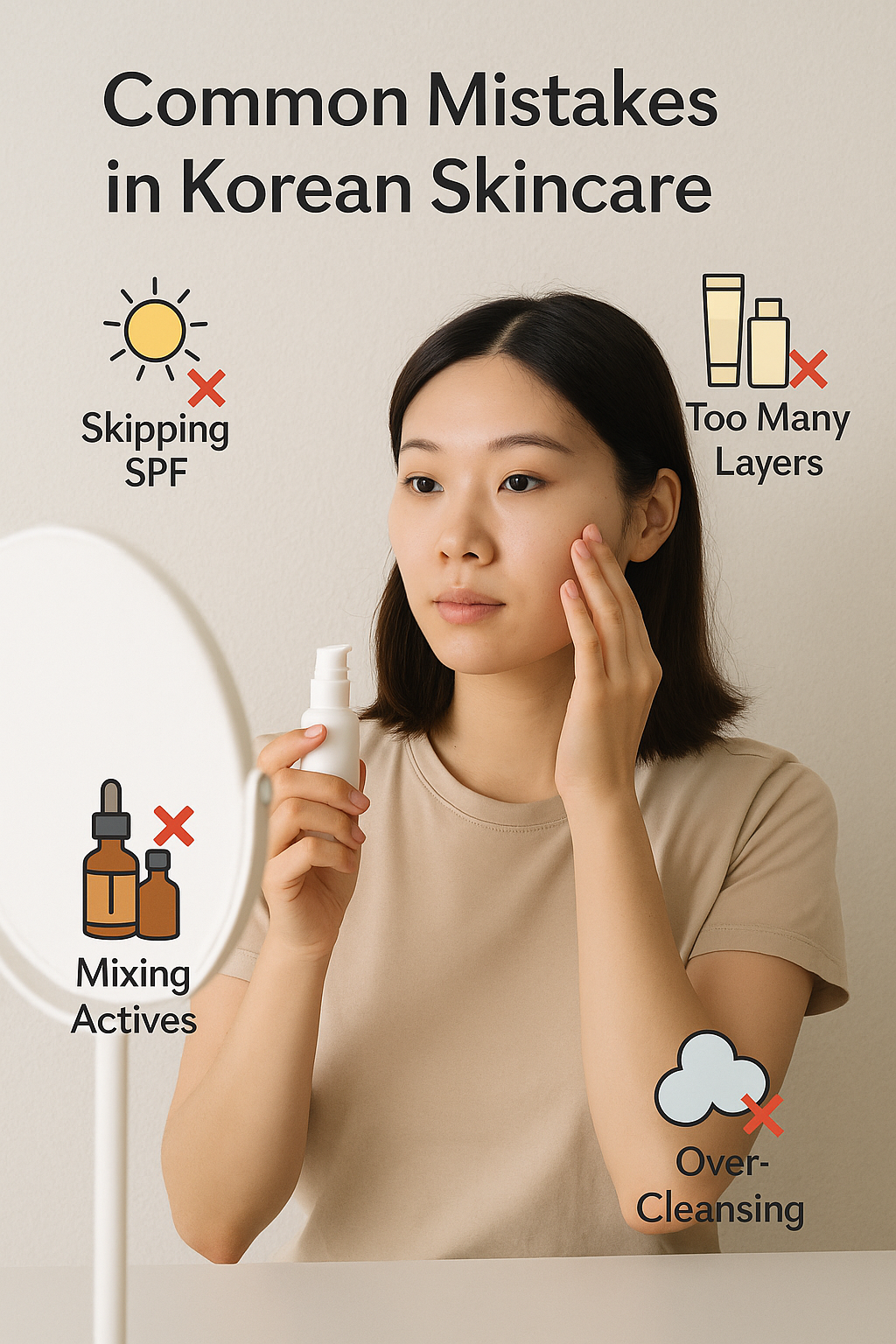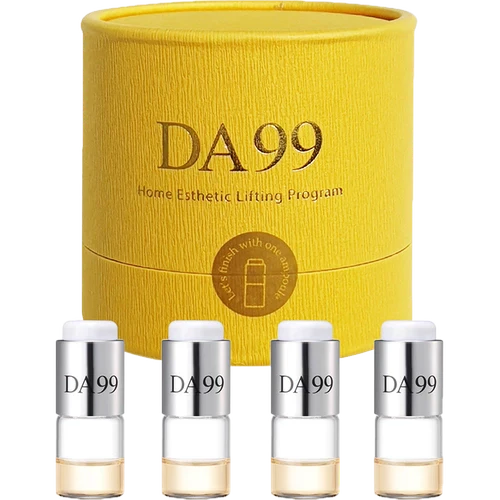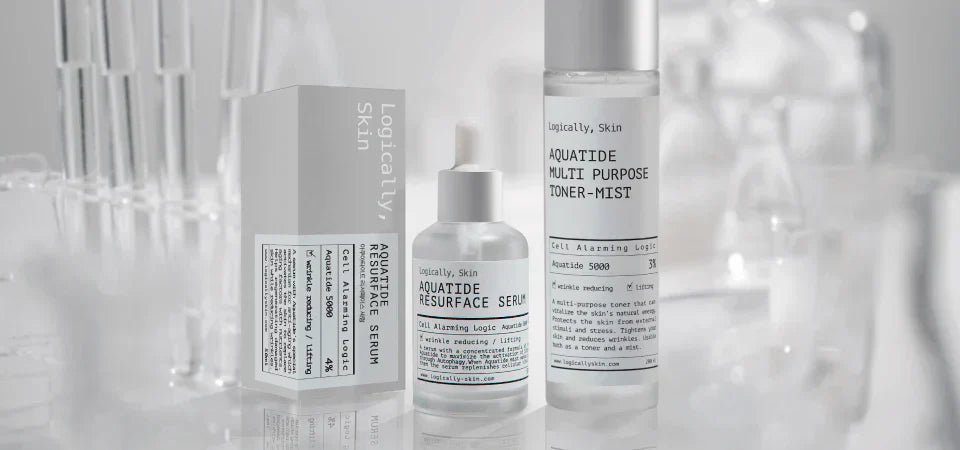Korean skincare is renowned for its innovations, lightweight textures, and impressive results. However, even the best formulas can fall short if they are not used correctly. Many people unknowingly make mistakes that slow down progress or even trigger unwanted reactions. In this article, we’ll look at the most common mistakes and share expert advice on how to avoid them so you can enjoy healthy, glowing skin.
Mistake #1: Skipping Sunscreen
One of the most widespread mistakes with Korean skincare (and skincare in general) is skipping sunscreen (SPF). Whether it’s summer or winter, UV rays damage the skin, accelerate aging, and can cause pigmentation. Even the most powerful vitamin C serum won’t deliver results if your skin isn’t protected.
Tip: Always finish your morning routine with sunscreen, especially if you are using active ingredients like acids or retinol.
Mistake #2: Overlayering Products
Korean skincare is famous for its multi-step routines, but the idea is often misunderstood. More products don’t always mean better results. In fact, overlayering can lead to irritation, clogged pores, and heaviness.
The core principle of Korean beauty is balance and personalization. If you have oily skin, you may only need 3–4 steps. If your skin is dry and dehydrated, more hydrating layers might be beneficial.
Tip: Start with a minimal routine (cleanser, toner, moisturizer, SPF) and gradually build up based on your needs.
Mistake #3: Mixing Active Ingredients Without Knowledge
Active ingredients are powerful tools for transforming the skin, but when combined incorrectly, they can do more harm than good. A common mistake is using retinol and vitamin C together, or mixing strong acids with niacinamide.
This can lead to redness, peeling, and a weakened skin barrier. Korean skincare offers plenty of formulas with carefully balanced actives, but it’s important to understand what you are layering.
Tip: Use actives at different times (e.g. vitamin C in the morning, retinol at night) and never introduce too many at once.
Mistake #4: Ignoring Your Skin Type
One of the most common reasons people feel disappointed with Korean skincare is choosing products that don’t match their skin type. For example, heavy creams on oily skin may cause clogged pores, while lightweight gels may not be enough for very dry skin.
- Dry skin: look for creams with ceramides and nourishing oils.
- Oily skin: opt for gels and light lotions with salicylic acid.
- Sensitive skin: calming products with centella asiatica and panthenol.
- Combination skin: balanced formulas that won’t overwhelm.
Tip: Always start with small amounts and monitor how your skin reacts.
Mistake #5: Lack of Consistency
Korean skincare is designed to work in the long term. Many people expect immediate results within a week and give up too quickly. The truth is, skin needs time – usually 4–6 weeks – to show visible improvement.
Tip: Be patient and consistent. The beauty of the Korean routine lies in its ritual and steady results.
Conclusion
Korean skincare can be incredibly effective when used correctly and with understanding. The key lies in balance, consistency, and paying attention to your skin’s unique needs. By avoiding these common mistakes, you’ll enjoy healthier, more radiant skin that reflects the care you put into it.
Remember: Korean beauty is not just about products – it’s a philosophy of love and respect for your skin.





